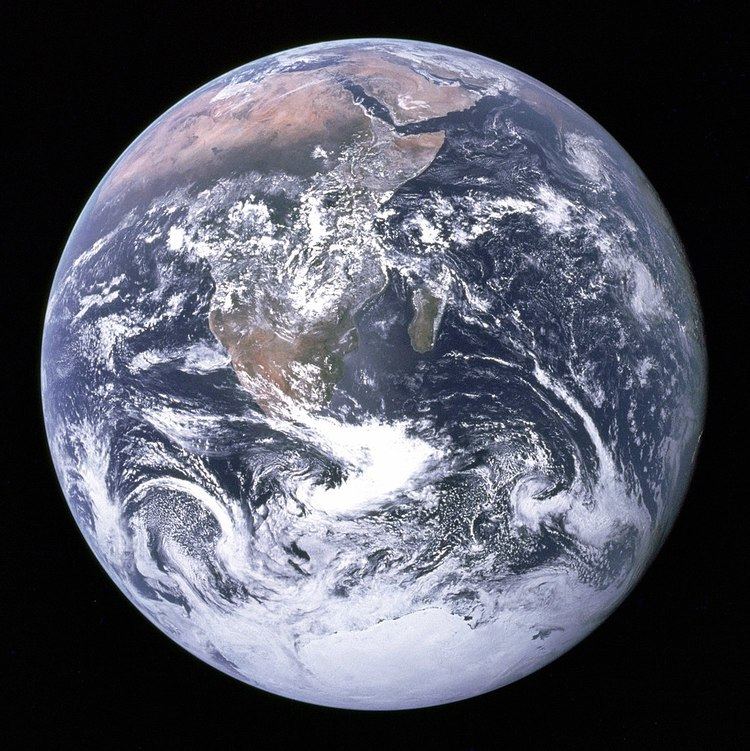 | ||
An ecosphere is a planetary closed ecological system. In this global ecosystem, the various forms of energy and matter that constitute a given planet interact on a continual basis. The forces of the four Fundamental interactions cause the various forms of matter to settle into identifiable layers. These layers are referred to as component spheres with the type and extent of each component sphere varying significantly from one particular ecosphere to another. Component spheres that represent a significant portion of an ecosphere are referred to as a primary component spheres. For instance, Earth's ecosphere consists of five primary component spheres which are the Geosphere, Hydrosphere, Biosphere, Atmosphere, and Magnetosphere.
Contents
Geosphere
The layer of an ecosphere that exists at a Terrestrial planet's Center of mass and which extends radially outward until ending in a solid and spherical layer known as the Crust (geology).
Hydrosphere
The total mass of water, regardless of phase (e.g. liquid, solid, gas), that exists within an ecosphere. It's possible for the hydrosphere to be highly distributed throughout other component spheres such as the geosphere and atmosphere.
Biosphere
All living organisms that exist within a given ecosphere.
Atmosphere
The layer of an ecosphere that exists as a gas. The atmosphere is the most distant component sphere of matter from the planet's Center of mass, beyond which is Outer space.
Magnetosphere
The magnetic field of an ecosphere along with the charged particles that are being controlled by that magnetic field.
